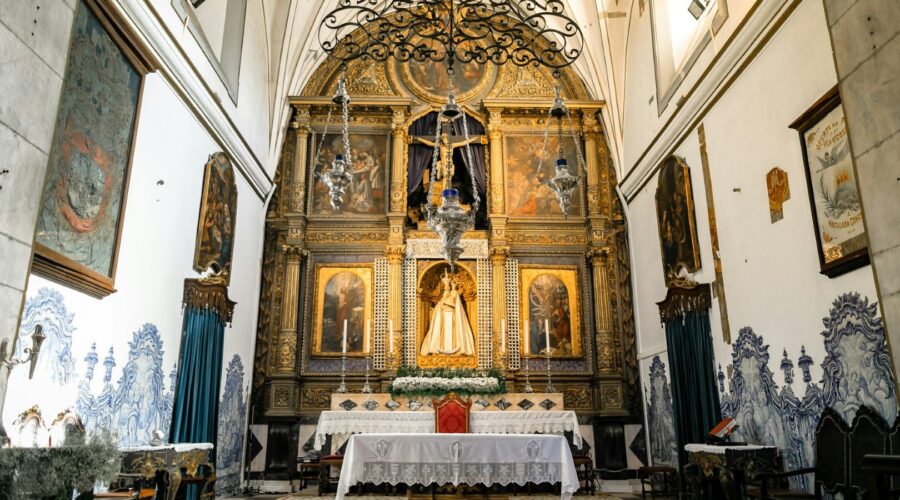Your cart is currently empty!
Discover the Rich History and Architectural Marvels of the Holy Family Church

History and Architecture of the Holy Family Church
Nestled in the heart of Barcelona, Spain, the Holy Family Church, also known as the Sagrada Familia, is an architectural masterpiece and a testament to the enduring talent of Antoni Gaudí. This colossal basilica, with its towering spires and intricate facades, has captivated the world for over a century.
Origins and Construction
The Holy Family Church was commissioned in 1882 as a small parish church. However, upon Gaudí’s involvement in 1883, the project took a dramatic turn. Gaudí conceived a grand and ambitious plan to create a unique and awe-inspiring temple that would combine Gothic and Art Nouveau styles.
Construction began in 1882 and continued under Gaudí’s direction until his death in 1926. However, the church remains unfinished, with only one of its planned 18 towers completed. Despite this, the Sagrada Familia has become one of the most visited and admired churches in the world.
Architectural Highlights
The Holy Family Church is a symphony of architectural marvels, each detail meticulously designed to convey religious symbolism and aesthetic beauty.
Facades
- Nativity Facade: Depicting scenes from the birth of Christ, this facade exudes joy and light.
- Passion Facade: Reflecting the suffering and crucifixion of Jesus, this facade is more somber and angular.
- Glory Facade: Still under construction, this facade will depict the resurrection and glory of Christ.
Interior
The church’s interior is equally breathtaking, with soaring columns resembling trees and intricate stained-glass windows casting vibrant hues. The central nave is divided into three aisles, symbolizing the Holy Trinity.
Towers
- Nave Towers: 12 towers representing the Apostles.
- Facade Towers: 4 towers dedicated to the Evangelists.
- Central Tower: Dedicated to Jesus Christ, this tower will be the highest at 170 meters.
Symbolism and Religious Significance
Beyond its architectural splendor, the Holy Family Church is imbued with deep religious symbolism.
Symbolic Architecture
Every aspect of the church’s design carries symbolic meaning. The Gothic-inspired pointed arches represent the connection between heaven and earth, while the Art Nouveau elements evoke the natural world and God’s creation.
Stained-Glass Windows
The church’s vibrant stained-glass windows depict scenes from the life of Christ and the saints, serving as a powerful medium for religious instruction and inspiration.
Liturgical Spaces
The Holy Family Church is a fully functional church, hosting regular masses and liturgical celebrations. The altar, tabernacle, and baptismal font are all carefully designed to enhance the spiritual experience.
Visiting the Holy Family Church
Visiting the Holy Family Church is an unforgettable experience for pilgrims and tourists alike. Here are some helpful tips:
Visiting Hours
- Monday to Saturday: 9:00 AM to 6:00 PM
- Sunday and Holidays: 9:00 AM to 2:00 PM
Tickets
Advance ticket purchase is highly recommended, especially during peak season. Various ticket options are available, including guided tours and access to specific areas of the church.
Getting There
The Holy Family Church is located in the heart of Barcelona and easily accessible by public transportation or taxi.
Conclusion
The Holy Family Church is a masterpiece of architecture, a testament to faith, and an enduring symbol of Barcelona. Its intricate designs, religious symbolism, and architectural grandeur make it a must-visit destination for anyone seeking spiritual inspiration or architectural wonder.